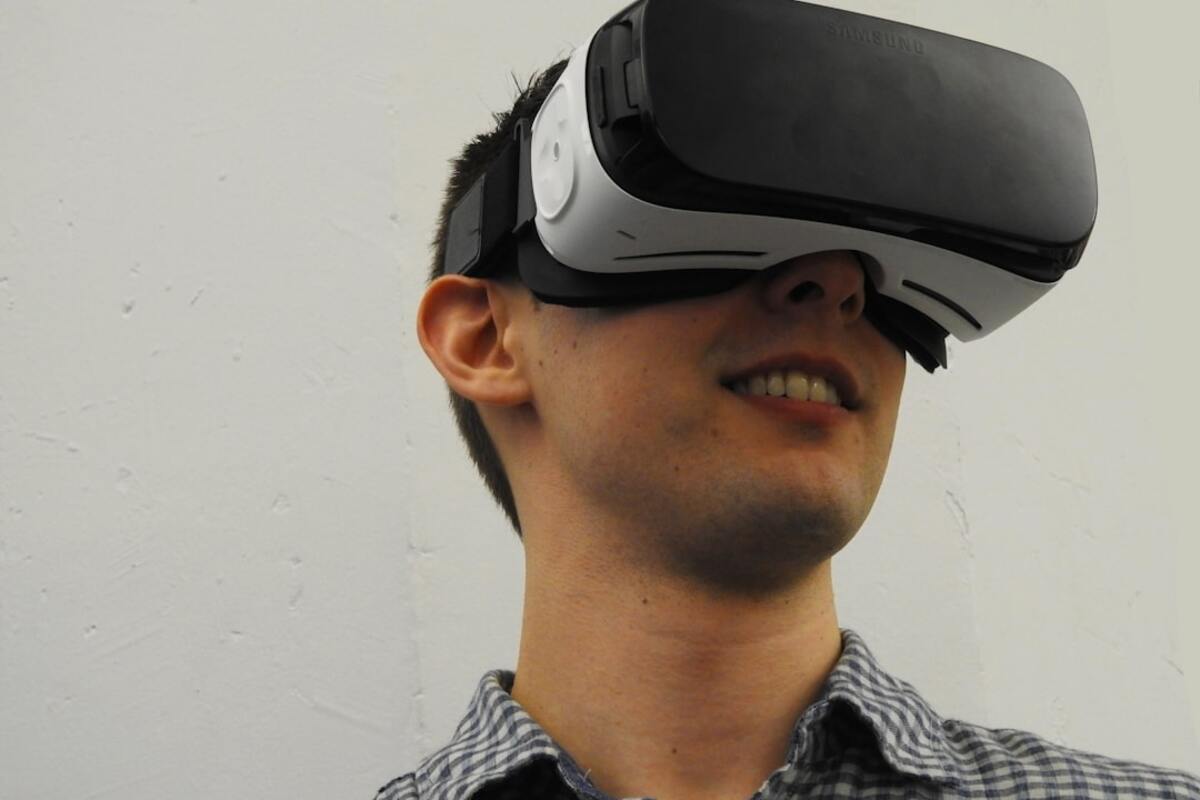The Emergence of Virtual Reality Workspaces
Virtual reality workspaces are reshaping how teams collaborate, offering immersive environments that enhance creativity and productivity.

- Virtual reality (VR) workspaces foster collaboration in immersive environments, bridging geographic divides.
- VR workspaces enhance focus and creativity by simulating ideal working conditions free from real-world distractions.
- The technology is evolving rapidly, with increased applications across industries, from education to design.
An Introduction to Virtual Reality Workspaces
In recent years, Virtual Reality (VR) has transcended its initial entertainment-centric roots to find new applications in the professional sphere. Virtual reality workspaces are a burgeoning trend that is gaining traction globally, especially as businesses seek innovative ways to adapt to an increasingly digital world. These immersive environments provide a novel approach to tackling everyday challenges faced by distributed teams, offering a digital space that feels tangible, dynamic, and interactive.
The concept of a VR workspace revolves around creating a virtual environment where users can meet, collaborate, and work as if they were physically present in the same space. This technology is particularly beneficial in a world where remote work has become a norm, helping bridge the gap between geographically dispersed teams. Companies like Spatial and Facebook (now Meta) are pioneering this space, developing platforms that allow users to create and interact in virtual meeting rooms, design studios, and brainstorming sessions.
One of the key advantages of VR workspaces is their ability to simulate ideal working conditions. By escaping real-world distractions, users can enhance their focus and creativity. For instance, a virtual office might be set on a serene beach or a futuristic cityscape, offering a stark contrast to the conventional, often monotonous office setup.
Applications and Benefits Across Industries
As the technology behind VR workspaces advances, so too do the potential applications across various sectors. In education, for instance, VR can simulate real-world scenarios for students, providing experiential learning opportunities that are both engaging and informative. Imagine medical students practicing surgery in a virtual operating room or architecture students walking through a 3D model of their designs.
In the realm of design and engineering, VR workspaces allow for a more hands-on approach to collaboration and iteration. Designers can manipulate 3D models in real-time, exploring different angles and perspectives that would be impossible in two-dimensional setups. This can lead to faster prototyping and more efficient problem-solving processes.
Moreover, VR workspaces are becoming increasingly popular in sectors like marketing and product development. Companies can host virtual product launches or client meetings, offering an immersive experience that traditional video calls cannot match. By leveraging VR, businesses can create memorable experiences that engage stakeholders effectively.
Challenges and Future Prospects
Despite their promise, VR workspaces are not without challenges. The technology requires significant investment in hardware and software, which can be a barrier for smaller companies. Additionally, there is a learning curve associated with navigating and utilizing these new environments effectively.
Another concern is the potential for motion sickness or discomfort when using VR for extended periods. Companies developing VR solutions are aware of these issues and are continuously working on refining the user experience to make it as comfortable and accessible as possible.
Looking ahead, the future of VR workspaces seems bright. As technology becomes more advanced and affordable, and as internet infrastructure improves globally, VR workspaces are likely to become an integral part of the modern workplace. In the meantime, early adopters are gaining valuable insights into how to best integrate these tools into their workflows, setting the stage for wider adoption in the years to come.
In conclusion, while still in its infancy, the rise of virtual reality workspaces marks a significant milestone in the evolution of the workplace. By fostering collaboration, creativity, and innovation, VR workspaces offer a compelling glimpse into the future of work.
